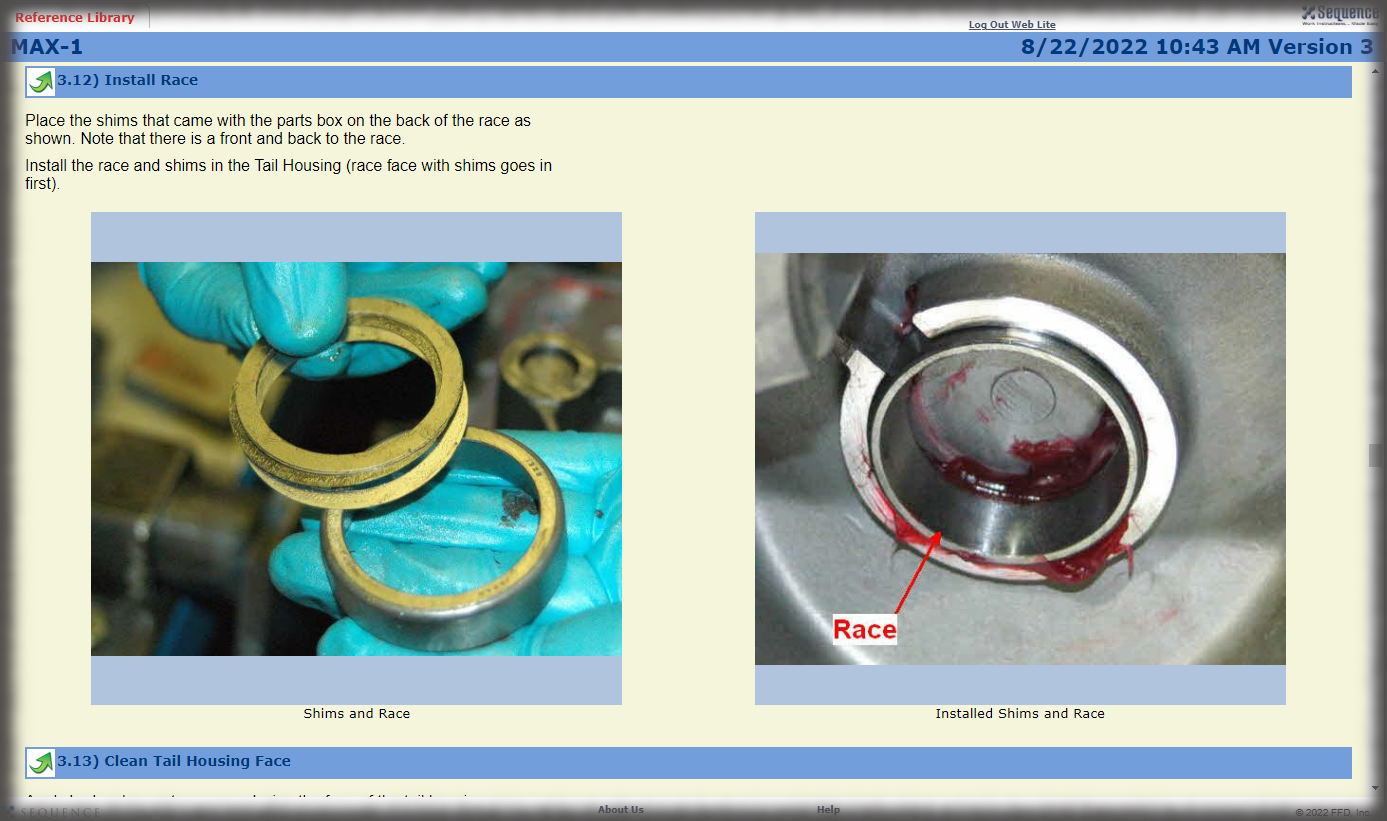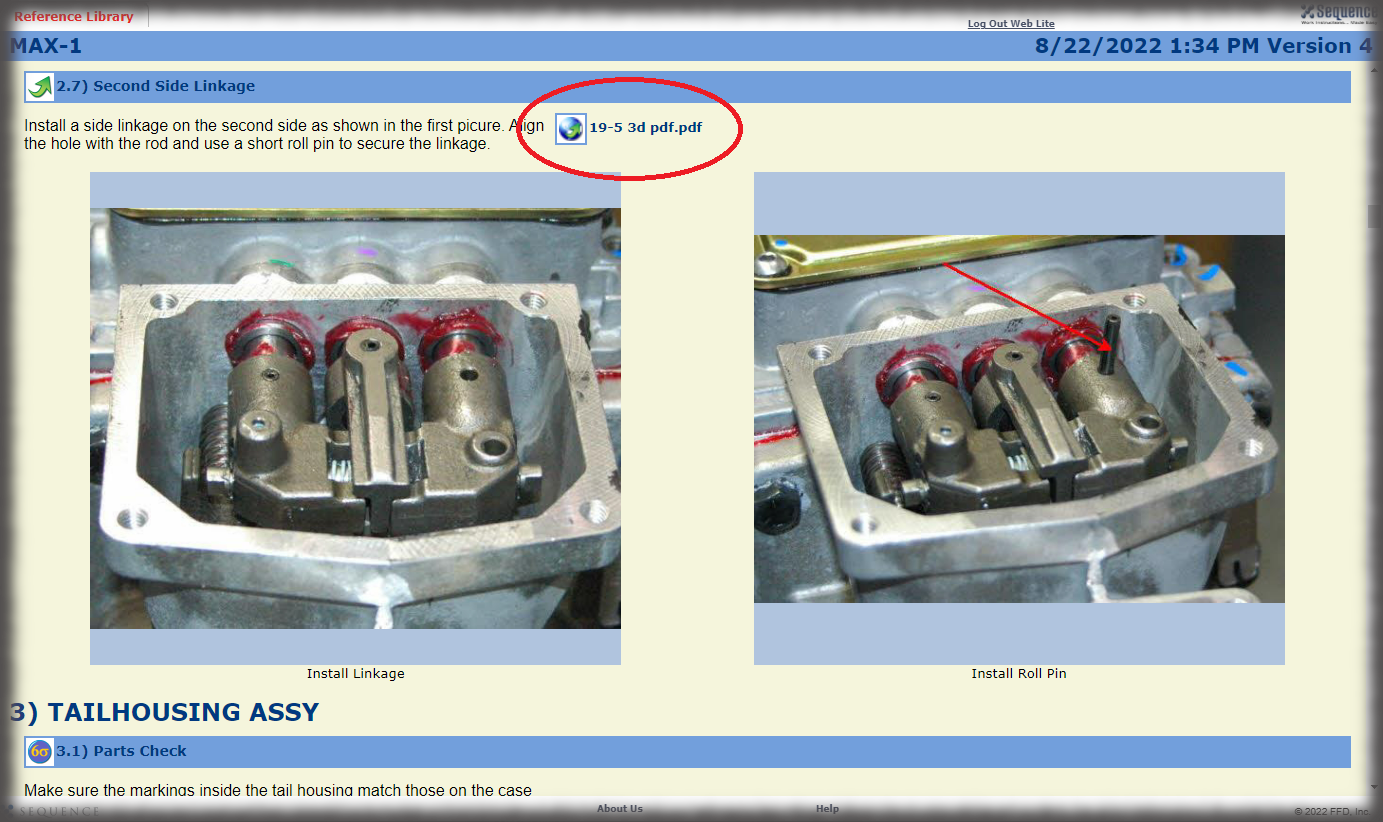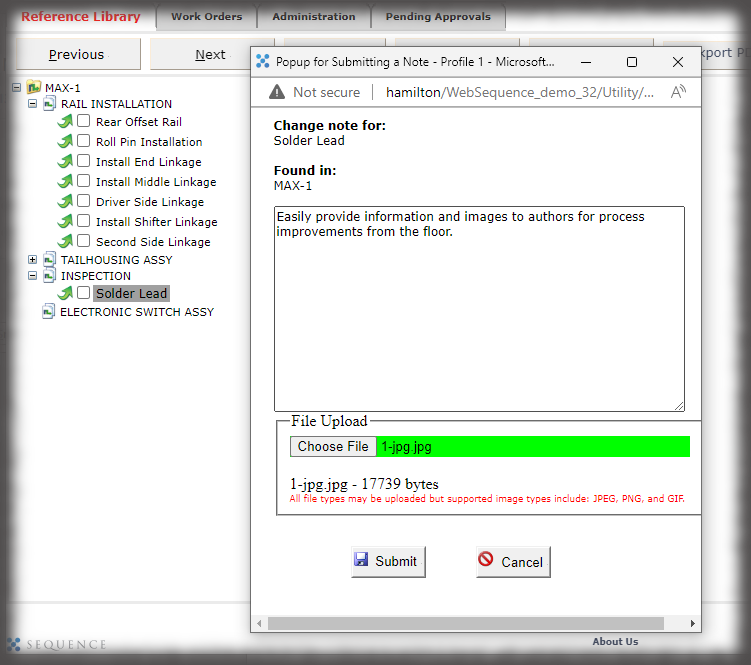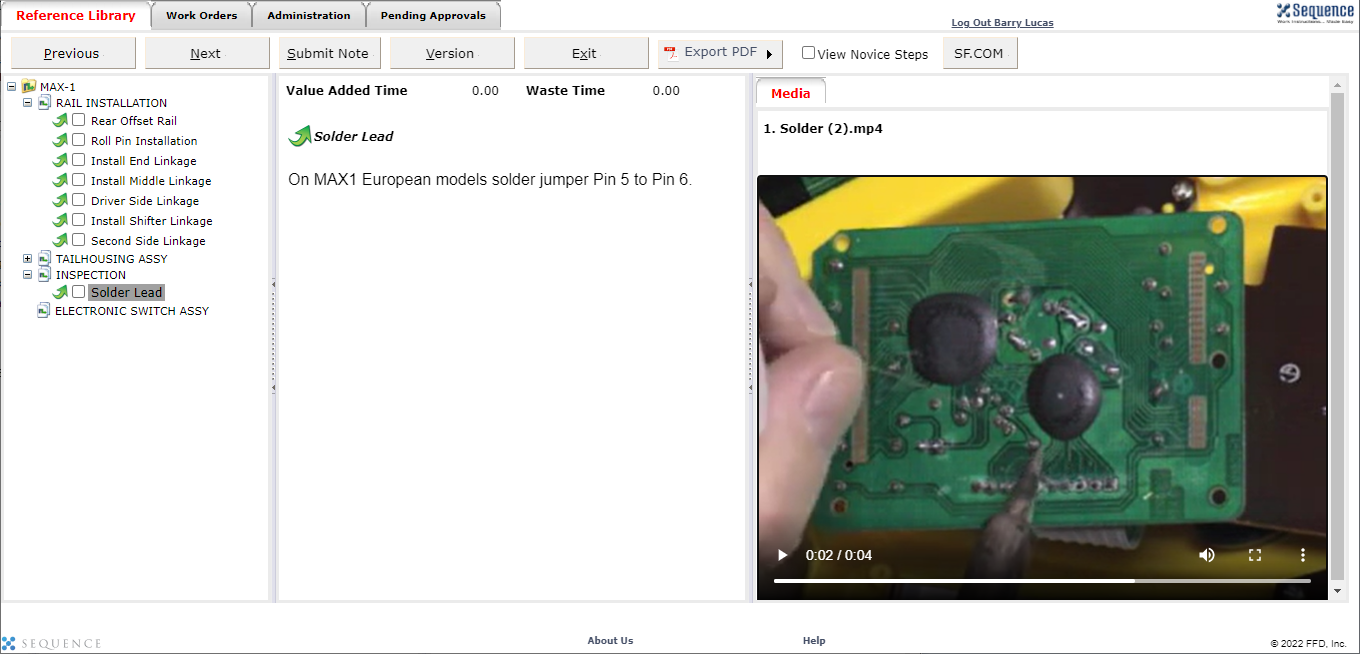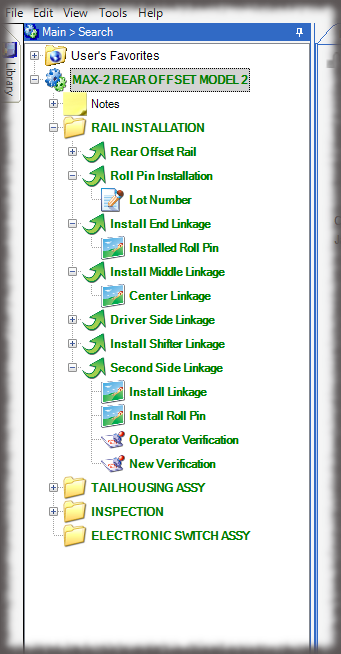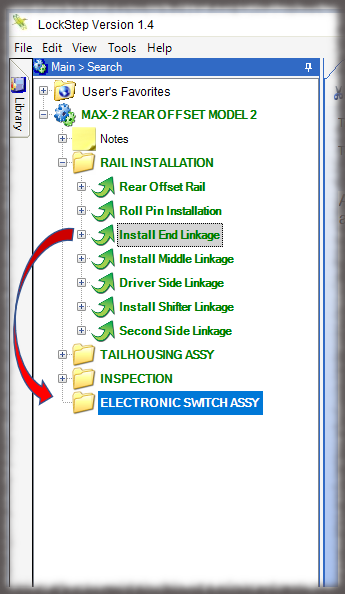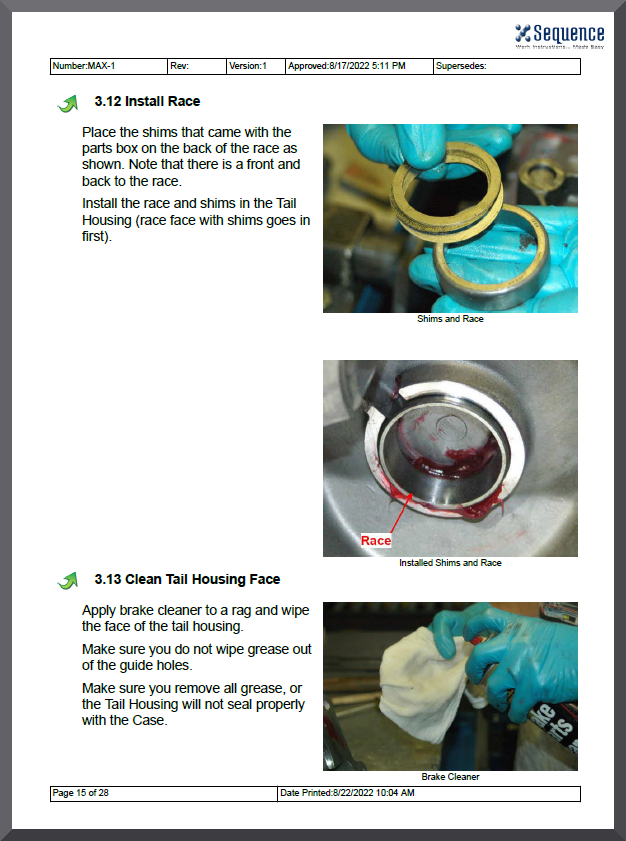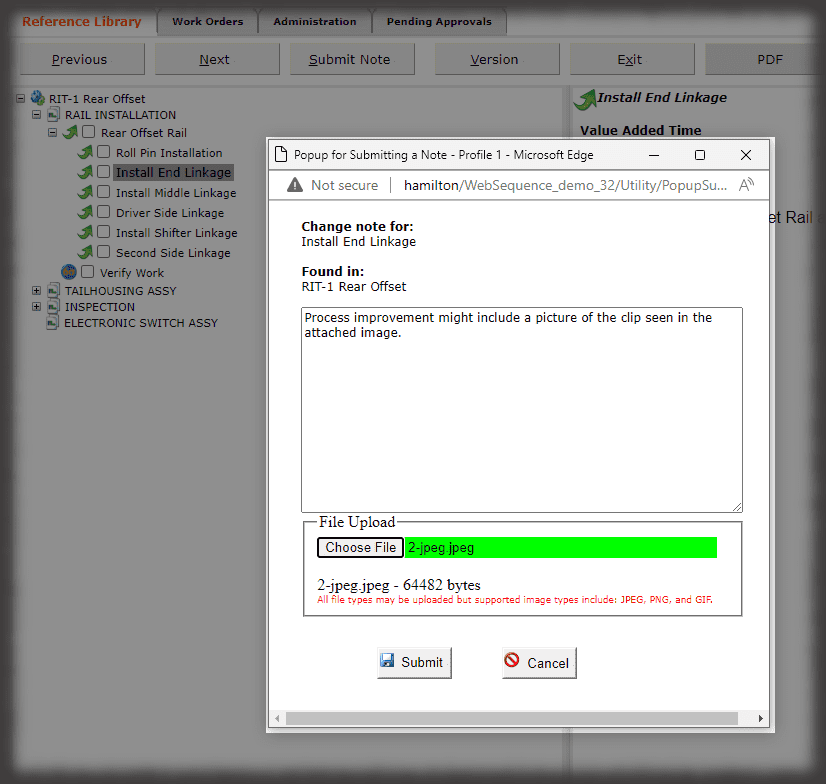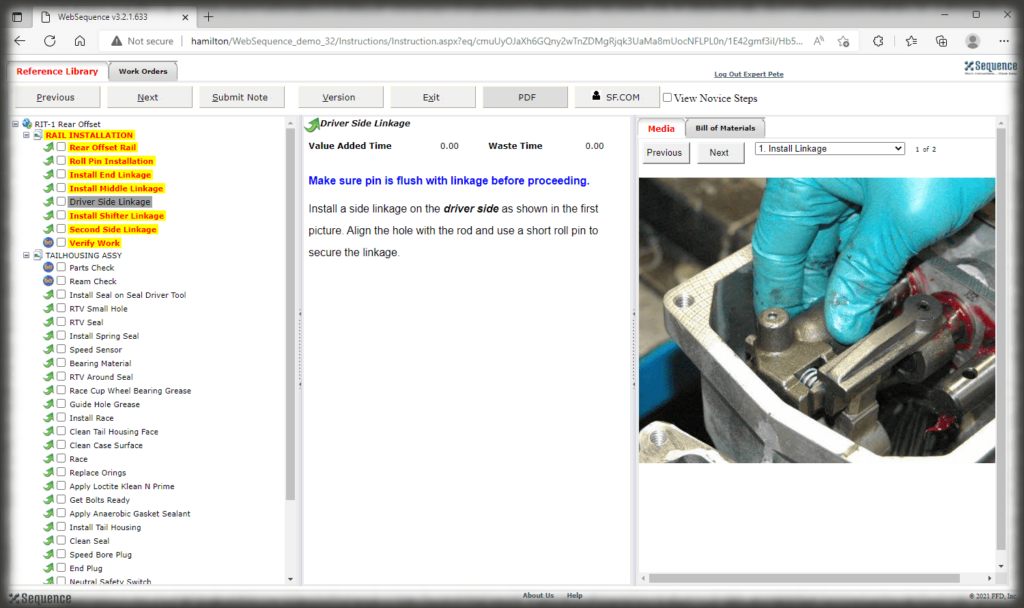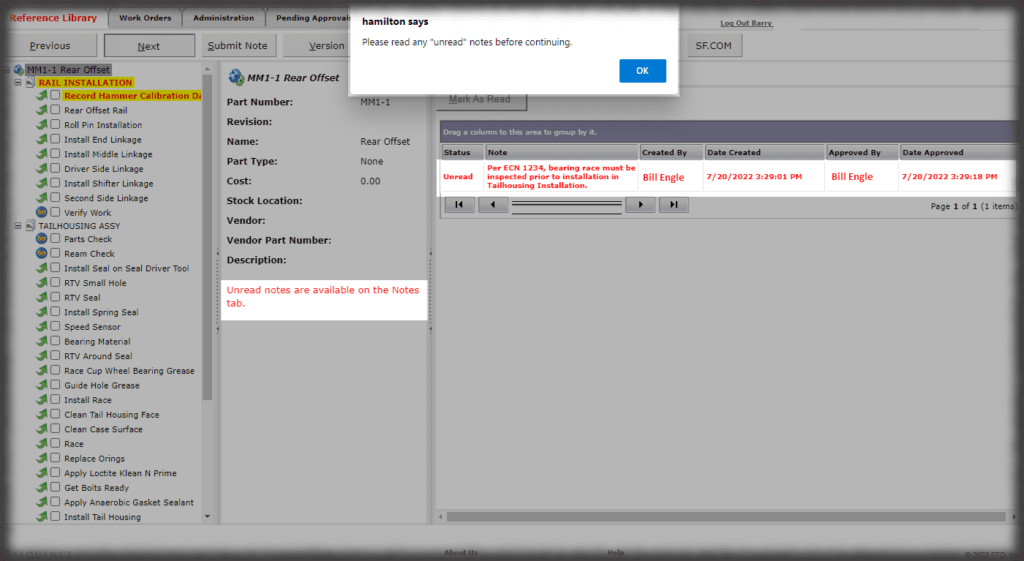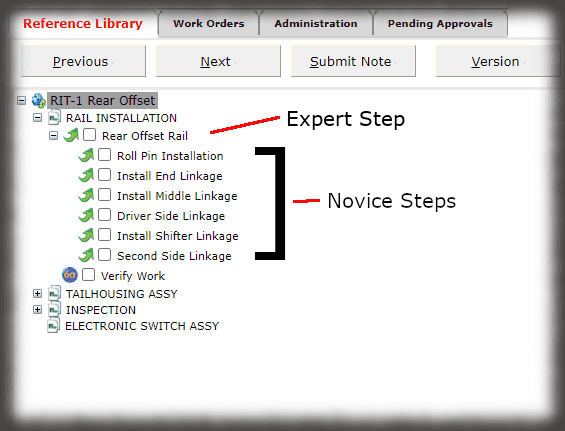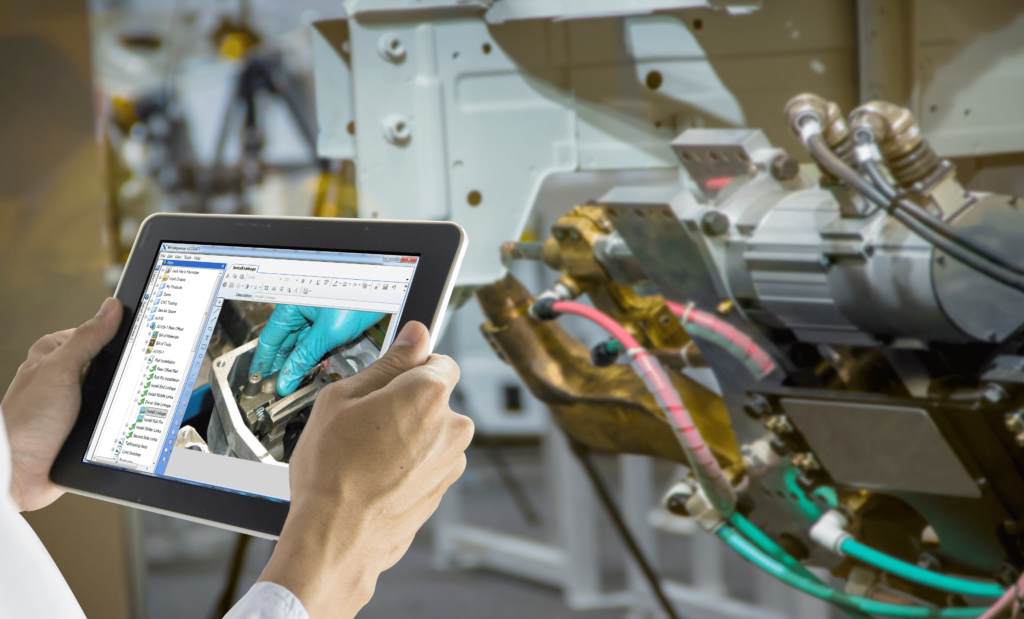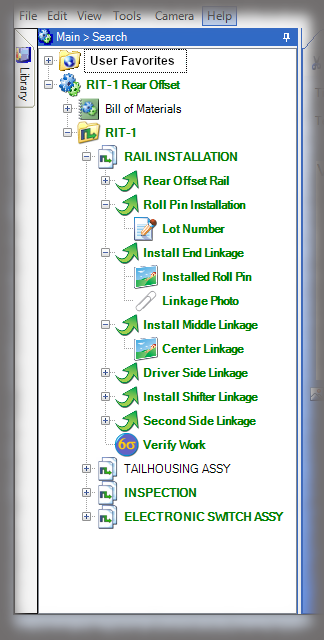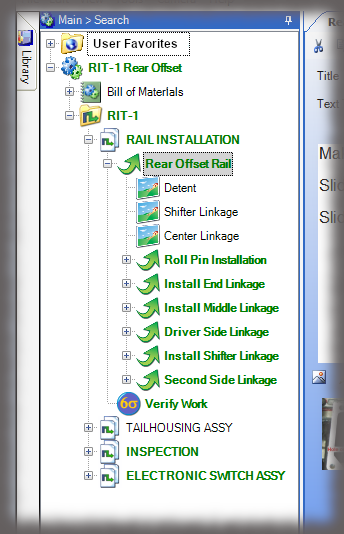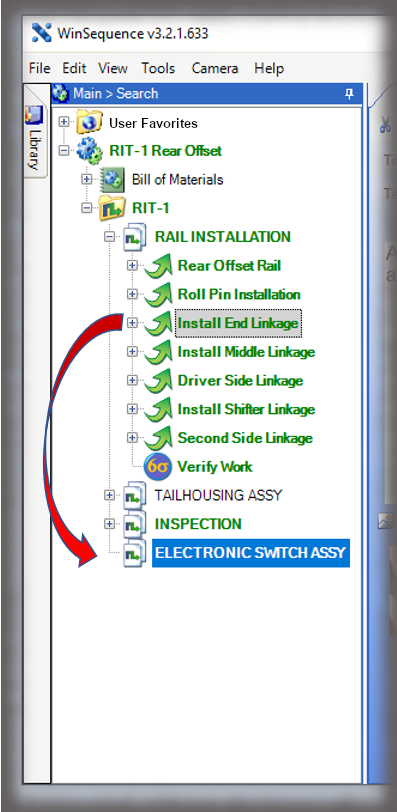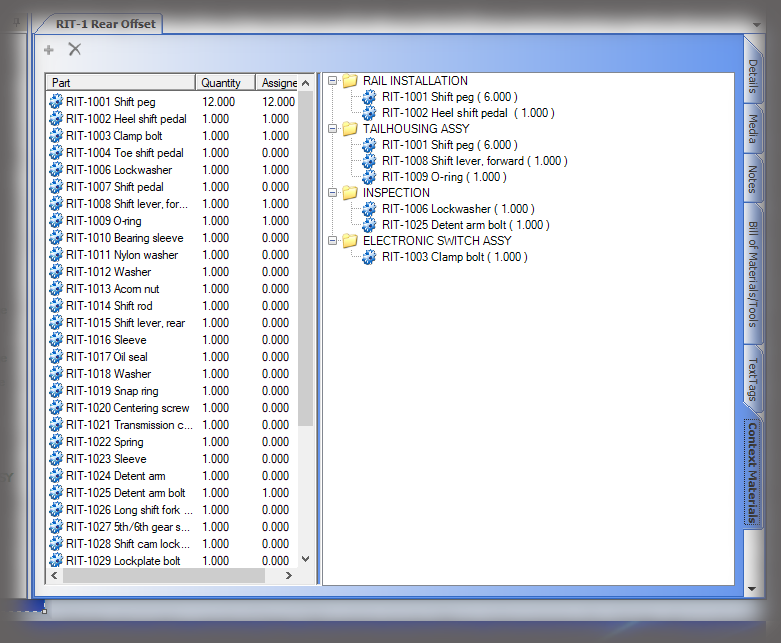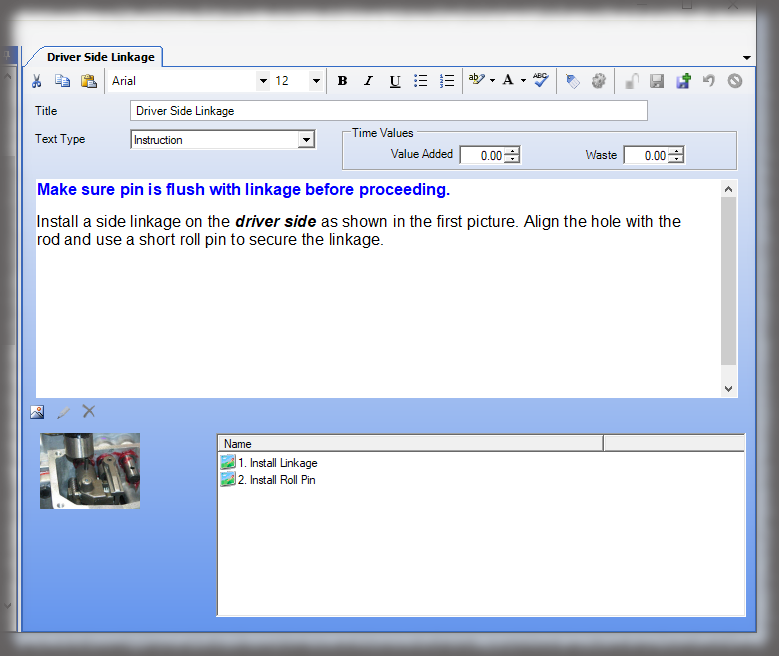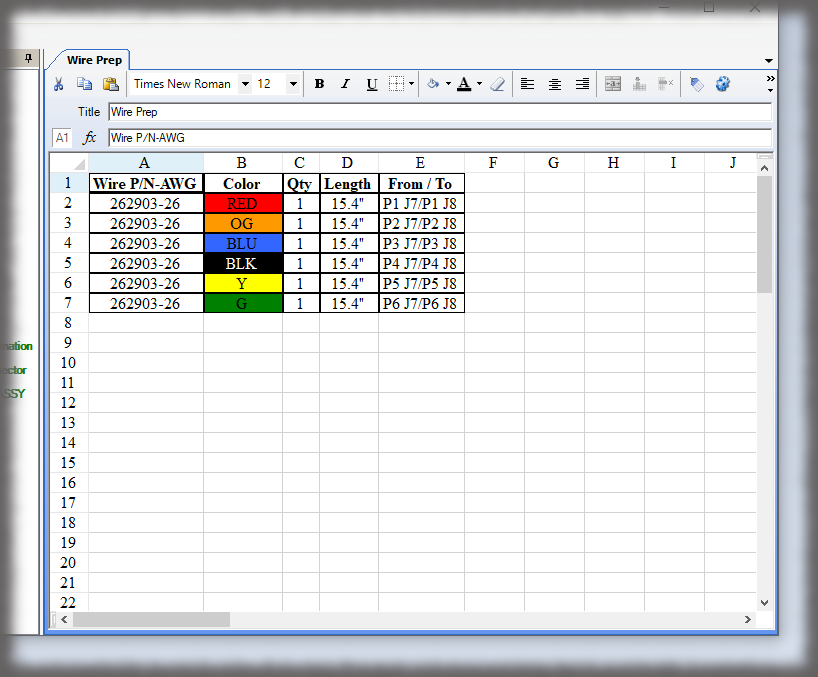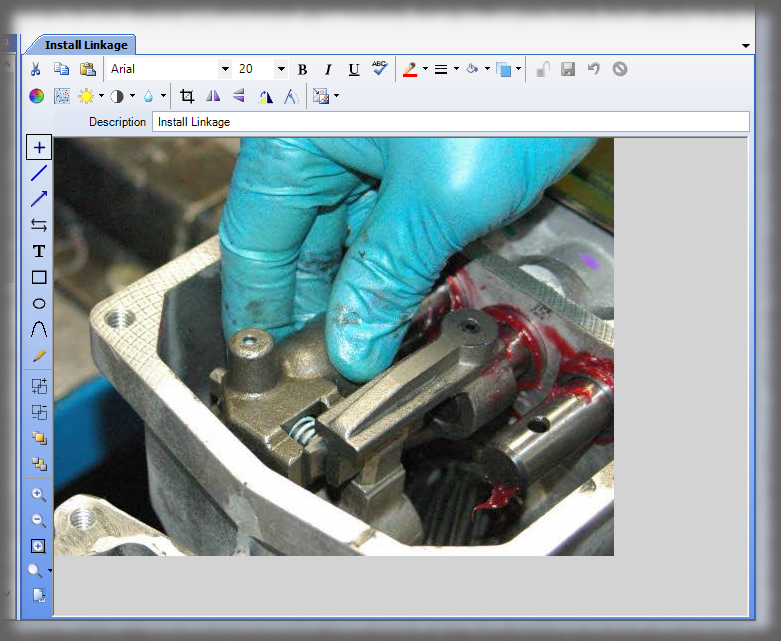The manufacturing industry is no stranger to disruption, especially over the last 20 years. With long supply chains that often begin with parts all over the globe, an earthquake in the Asian Pacific or a fire in a small town in Texas can equally stall production. But the last two years have stretched manufacturing professionals to the limit of their crisis management ability. If you and your company are looking to revamp your business continuity strategy, you’re not alone. The tactics that dominated for decades simply can’t meet today’s challenges, and it is time to take a digital leap forward.
What is a Business Continuity Strategy?
Business continuity is simply maintaining productivity and the essential functions of your business amid a disruption in your supply chain or other company crisis. For years, this centered around crisis management and disaster recovery, but more and more manufacturing companies are realizing that during and after disasters aren’t effective times to take action.
To keep production humming, you need not only a plan for how to act before disruption hits the shop floor but built-in protections that limit disruptions’ effects. A modern business continuity strategy has three parts: ensuring resilience, making contingency plans, and recovering rapidly. For each of these three elements taking your operations digital is the answer.
5 Digital Strategies for Business Continuity
We all know the benefits of digitalization by now. Automation gets the job done right, consistently, and quicker than even the most skilled worker. Digital reporting allows detailed insights in a time frame that was unimaginable just a few years ago. But how do you leverage these technologies to protect your manufacturing business from disruption? We’ve laid out five key digital strategies for business continuity below.
- Automate whatever you can. There’s an argument among the technophobic that the more machinery in the works, the more glitches can gum them up. While they aren’t completely wrong, a slight delay on an automated manufacturing system can still beat fully functional manual controls on quality, consistency, speed, and price.
Simply put though, the more you automate, the more you avoid disruption. Software can run repetitive, rule-based tasks without fatigue. Robotics can lift without risking injury and perform fine-skill tasks with minutes of programming instead of years of training. What’s often underestimated though is the production quality and consistency you gain from transferring your employees off these repetitive tasks and onto problem-solving. After all, if they don’t physically have to keep the floor running in a crisis, that’s more minds and more hands to manage the issue. - Use analytics to stay informed early. Timing is everything in a crisis. The sooner you know something has gone awry, the faster you can mitigate the issue and prevent it from disrupting operations further down the line. A digitalized manufacturing line and data-driven reporting can do more than monitor changes in your system.
Algorithms can crawl through your data to predict business interruptions and propose solutions to prevent them and shore up vulnerabilities. This can be anything from spotting patterns in employee behavior to identifying consistent supplier issues to alerting you to impacts on areas of your business that you hadn’t previously considered. With the right tools and dashboards, managers can monitor manufacturing productivity while proactively running scenarios for crises on a level that simply isn’t possible without the power of data. - Leverage multiple digital communications tools. When something disrupts manufacturing production, your employees want to stay in near-constant communication. Empowering them with digital tools beyond just email—from communication software to production management software—will help them know what’s coming next. It will help everyone across locations stay on the same page and apply the same strategy to solve the problem.
Opening the channels between employees also gives them a chance to vent and get a little light-hearted. With that boost in morale comes a boost in production. If they’ve been consistently communicating before any disruption, they’ll also have a better capacity to function as a team. - Provide the right tools. Sometimes this means ensuring your organization has the right technology like disk mirroring to prevent data loss or an MES to optimize your manufacturing system. But it can also mean keeping a surplus of vital supplies or making sure you know which staff members need to be where in a crisis.
Running business continuity tests is essential to know what tools you’ll need amid disruption and to train rapid recovery techniques. While tests can be as simple as a tabletop exercise, full emergency simulations provide the best training. Digital platforms often have these kinds of tests built-in and can provide you with data regarding how your team performed and where they need to improve. - Empower your team. The longer employees must wait on instructions or approval, the longer a disruption impacts your business. If you can empower your employees with tools like digital work instructions for troubleshooting, you can allow them to solve the simplest disruptions on their own. Integrating more modern training practices also enables business continuity by cutting back on tribal knowledge and any crisis the sudden loss of a long-term employee might engender.
You can also empower your team mid-crisis if you have digital work instruction software deployed by sending out or updating instructions in real-time. As you receive feedback about impacts in one area you can adjust them. Digitizing in this sense can turn the ever-changing communication of “what to do” in a crisis from a source of confusion to one of rapid evolution.
How Work Instruction Software Simplifies Business Continuity
Work instructions are the end result of a well-executed business continuity strategy. But really business continuity planning is never finished. Digital work instructions simplify crisis action updates and give workers the capability to improve on business continuity strategies in the moment. Work instruction software allows teams to share strategies, best practices and innovation in real-time.
Sequence Software provides an incredibly straightforward tool for making this ideal state a reality. Authors simply input instructions into a text box, and the content is saved on the company’s server. Our software is user-friendly and allows work instructions to be shared via pre-formatted PDF or in a real-time and interactive digital interface. If you are ready to reduce errors, improve efficiency, and save on costs, reach out to us today to find out more about our digital work instructions options. Give us a call at 866-863-7541 or request a demo online.


